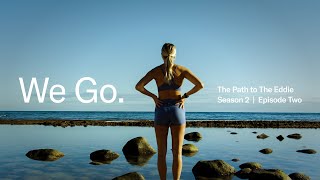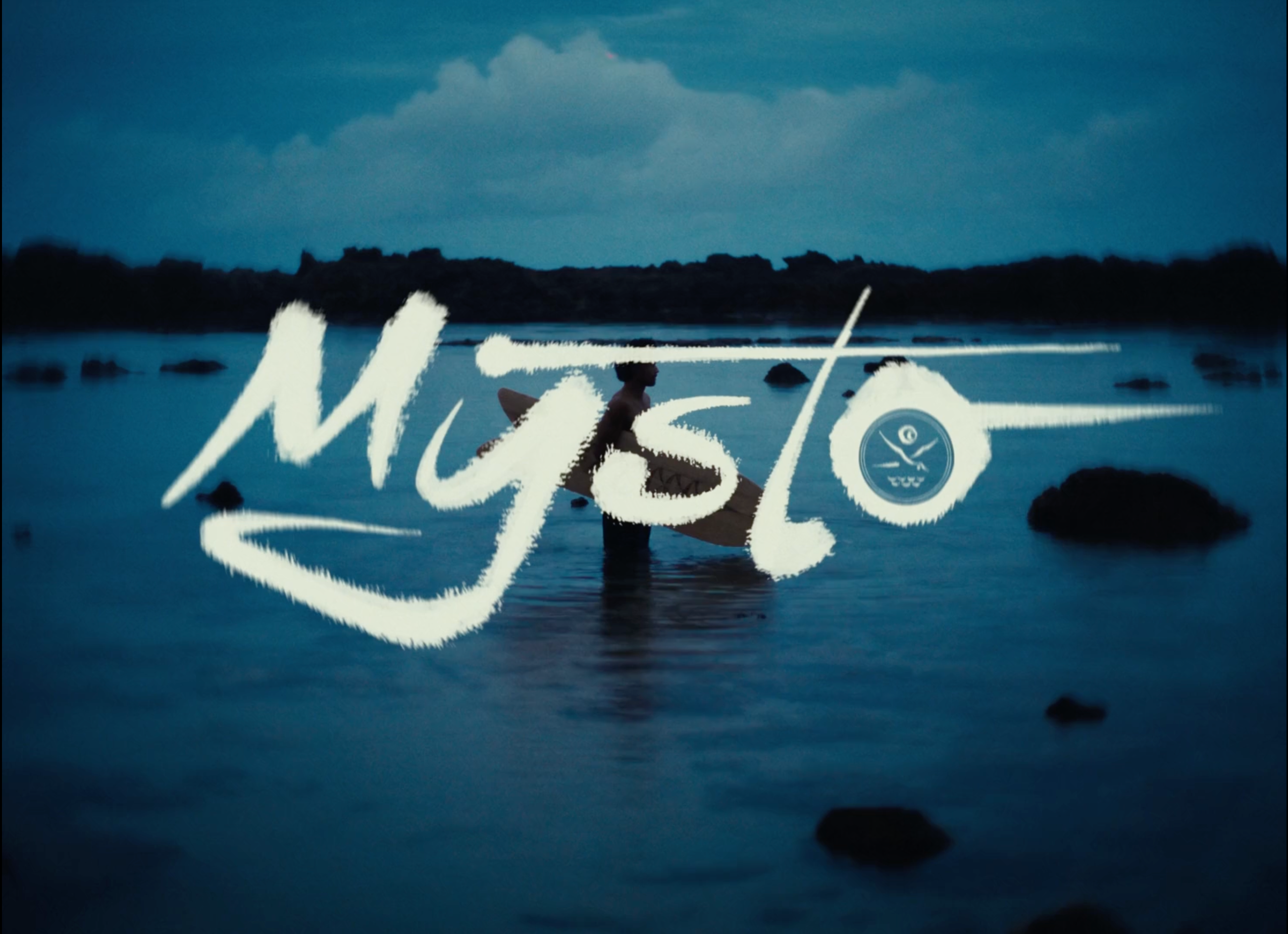Visitor's Guide to 6 Towns Unique Hawaiian Towns
There are far more spectacular towns in Hawaii than six, but here we'll stick with a sampling. As you're about to pack three pair of your OluKai sandals (slippahs, if you're in the know) for a trip to Hawai'i, know that in true island spirit we are dying to linger and talk story with each town. Curbing one's storytelling—talking in snapshots—when there's so much to tell can prove challenging around the Hawaiian luau, but such is the way of the modern world. Now, where will you go? O'ahu Containing two-thirds of the population of the State of Hawai'i, O'ahu the most diverse in terms of offering bright lights, big city, hundred of beaches and surf breaks, rural areas, rain forests, and literally thousands of restaurants. Hale‘iwa - pronounce the 'w' like a 'v' This is a North Shore haven, more of a country town complete with multiple surfboards per capita. It is one entrance to the famous big-wave surf contests that take place in the winter, when winter storm swells from the North Pacific work their way to the equator. Cholo's Homestyle Mexican Restaurant is a fun stop. Upscale lodging is found nearby at Turtle Bay Resort, or VRBO.com (Vacation Rentals By Owner) will get you into one of the many houses or condos. Hang out with the turtles that collect by the cove at Hale‘iwa Beach Park, and snorkel at Shark's Cove. Kaimukī - accent on the ki You might call this a neighborhood of Honolulu. It is close to Waikīkī and the inactive volcano Diamond Head—okay, in reality a volcanic tuff cone. It consists of mostly hillside homes with a business district that includes a variety of restaurants and small businesses. For restaurants, check out Town, Jawaiian Ire Jerk, or, if you're looking for a more "hip" vibe, Mud Hen Water. For lodging, save your pennies for nearby Kahala Resort, or head down the hill to Waikīkī (The Hilton Hawaiian Village Waikīkī—also save your pennies). For a good adventure, take the hike up Diamond Head. Maui This isle isn't exactly quiet, but it runs at only a quarter (some might say half) the speed of Oʻahu. It's half an hour from Oʻahu by plane, or twelve hours on a sailboat. The long-quiet volcano, Haleakalā (house of the lā, or sun), at a little over 10,000 feet (or 3,000 meters, if you prefer), consumes the middle of the island. A fairly bustling west side of the island gets under 30" of rain annually and accommodates most of the tourists, while the east side (the windward side) gets three times the rainfall, or more, with lush landscapes in a completely rural setting. Lāhainā In days of old, it was a whaling town on the west, or leeward, side. Today, it's a bustling tourist town smack on the water, with restaurants and bars packed to the gills into the night. Where to eat? Truly, your best bet is to walk the downtown area (perhaps twenty minutes end-to-end), then make your decision. Remember to look up to the second floor in many of the buildings, as nary a square foot is wasted when it comes to delighting the tourist (and local) trade. For lodging, you can head 15-30 minutes up the road to large hotels, or stay at the Plantation Inn in Lāhainā. Grab a snorkel trip out to Molokini Island (remnants of Molokini Crater), or take a ferry day trip to nearby Lanaʻi Island. Hāna Hāna is a largely undeveloped town at the easternmost end of the island, accessed via a long, windy road (a beautiful entity in itself). Don't expect to show up without lodging reservations. Eating out options aren't innumerable, but the offerings are island treats. There is a roadside stop that serves pizza, wrapped in banana leaves, from a clay oven. Thai Food By Pranee is a delightful, outdoorsy stop. One lovely place (via VRBO) to stay is the Tropical Flower Farm Cottage (you can pick your own fruit!). Go for a hike out at Seven Sacred Pools Oheo Gulch. Big Island The Big Island is, in fact, big. It has an active volcano on the east side, and an arid west side (true of islands that get the bulk of the Tradewinds and the rain from the northeast). Most of the coastal regions are volcanic in nature, with much less beach access around the island—but the beaches are majestic, often with black or reddish sands. Kona on the west side is more touristy. Hilo to the east has more of a "locals" flavor. Pāhoa This delightful, small, country town (south of Hilo) has been in the news this past year as a lava flow nearly inundated the town. However, the flow stopped just short and has quieted. The short "downtown" street has several restaurants. Check out Kaleo's Bar & Grill, or Paolo's Bistro. For a place to stay that's slightly different, stay at Yoga Oasis. They have rooms in the main building and a number of isolated cabins with outdoor showers. Be sure to go to Kapoho Tide Pools, just a short drive, or head down Highway 130 to what is sometimes a lava viewing area (you can't always see a defined flow, but it's worth it nonetheless). Volcano This sweet town is part way up the mountainside, near the entrance to Hawai'i Volcanoes National Park. It's at 3,750 feet of elevation, so be prepared for some cool weather. Volcano's Lava Rock Cafe will do nicely when you're eating out. Volcano Inn is tucked away in a tropical forest setting. You won't want to leave. Hike the crater trails. Visit the caldera viewing at night inside the park. The glow is captivating! Why three pair (slippahs)? Isn't one enough? Well, no. In the islands, we have our general knock-around pair, then our dress slippahs, and a third pair for whatever else. After all, when you're in the islands you are either barefoot, wearing slippahs for virtually every occasion, or occasionally donning mountain footwear if you stray from the beach up into a rain forest. It helps to have a pair of slippahs for every occasion or adventure the islands throw your way.



















